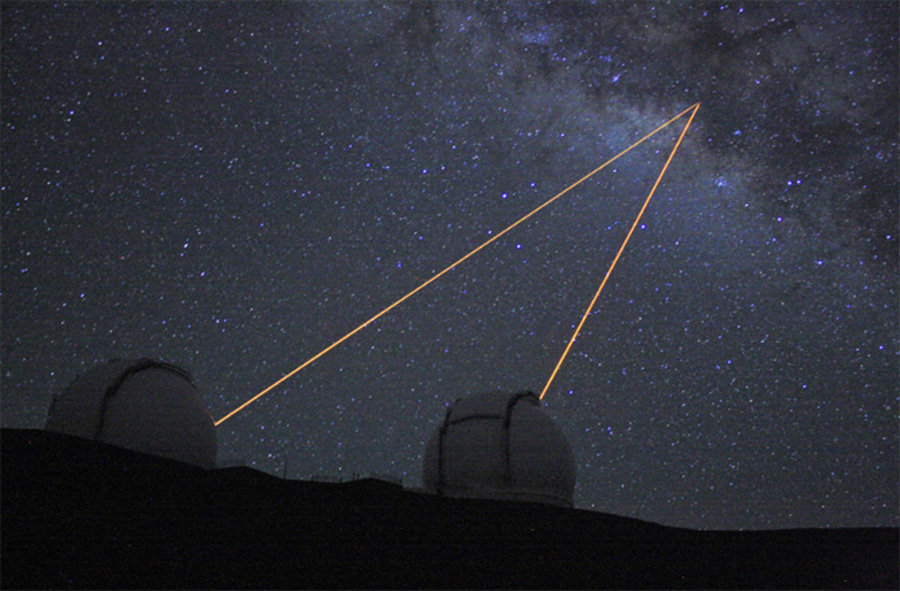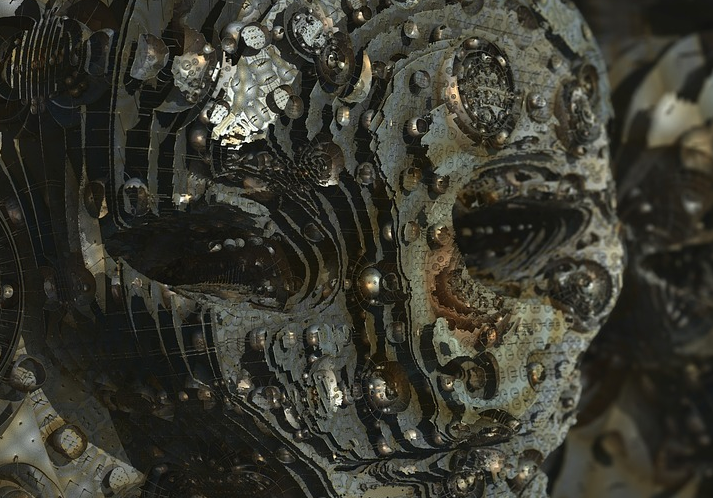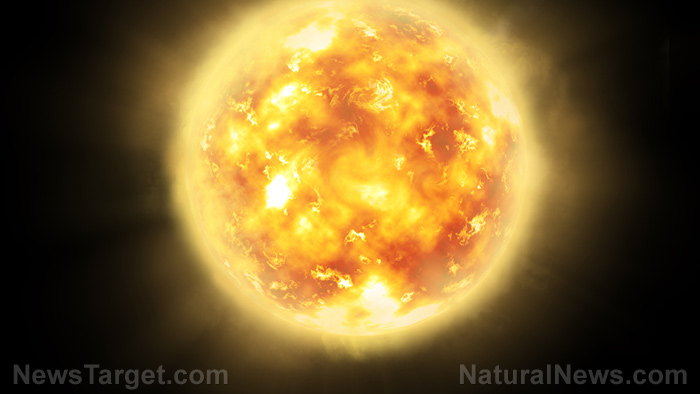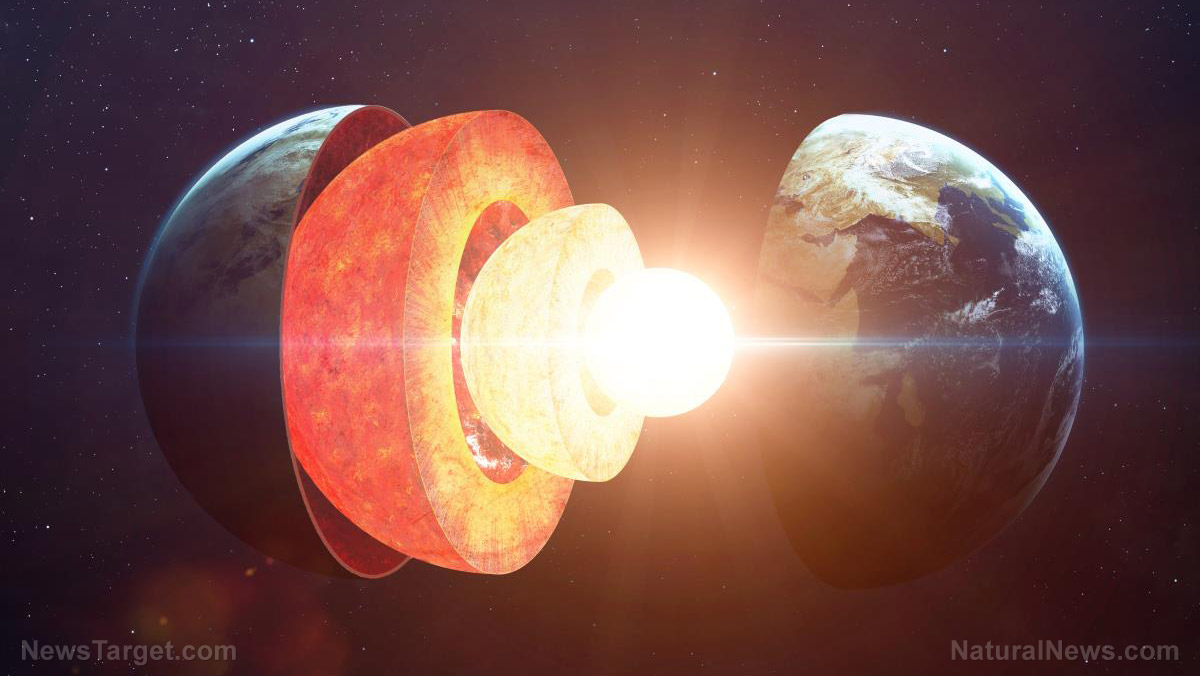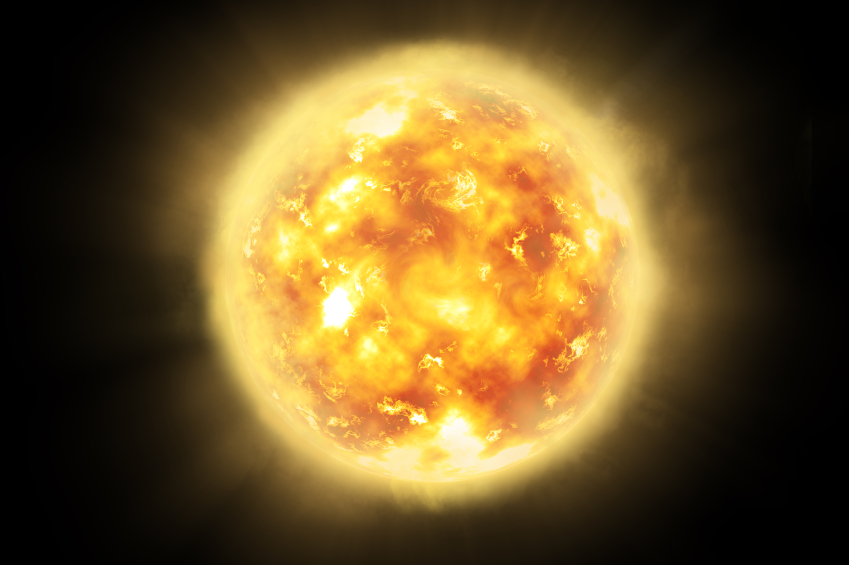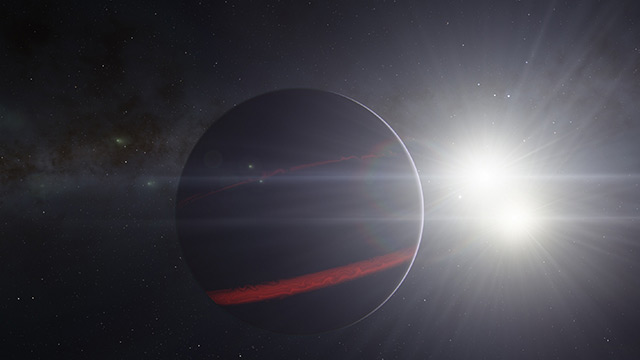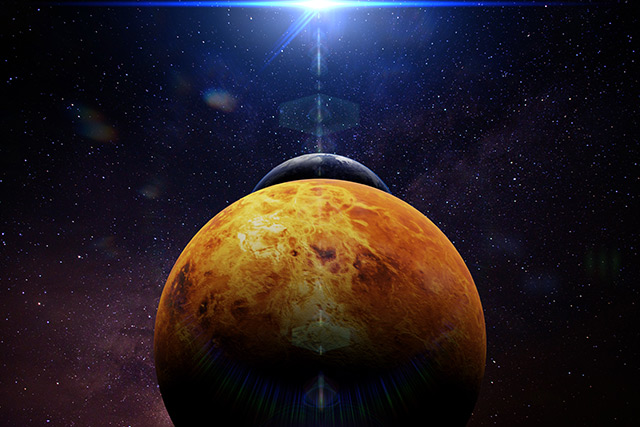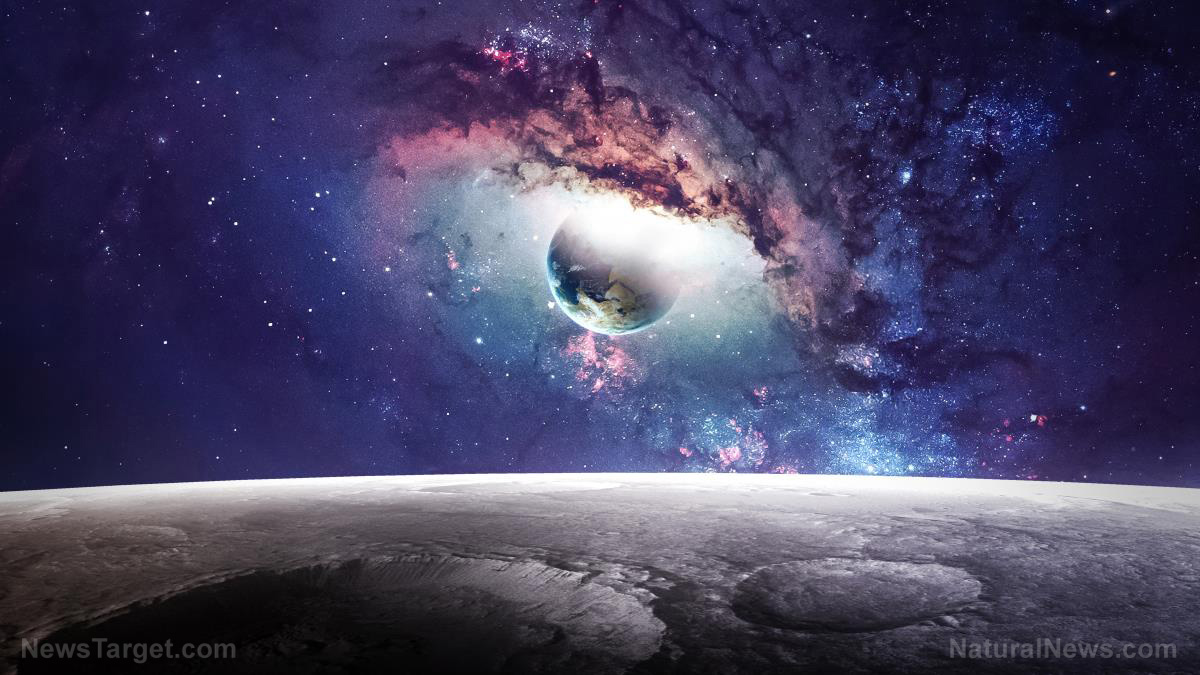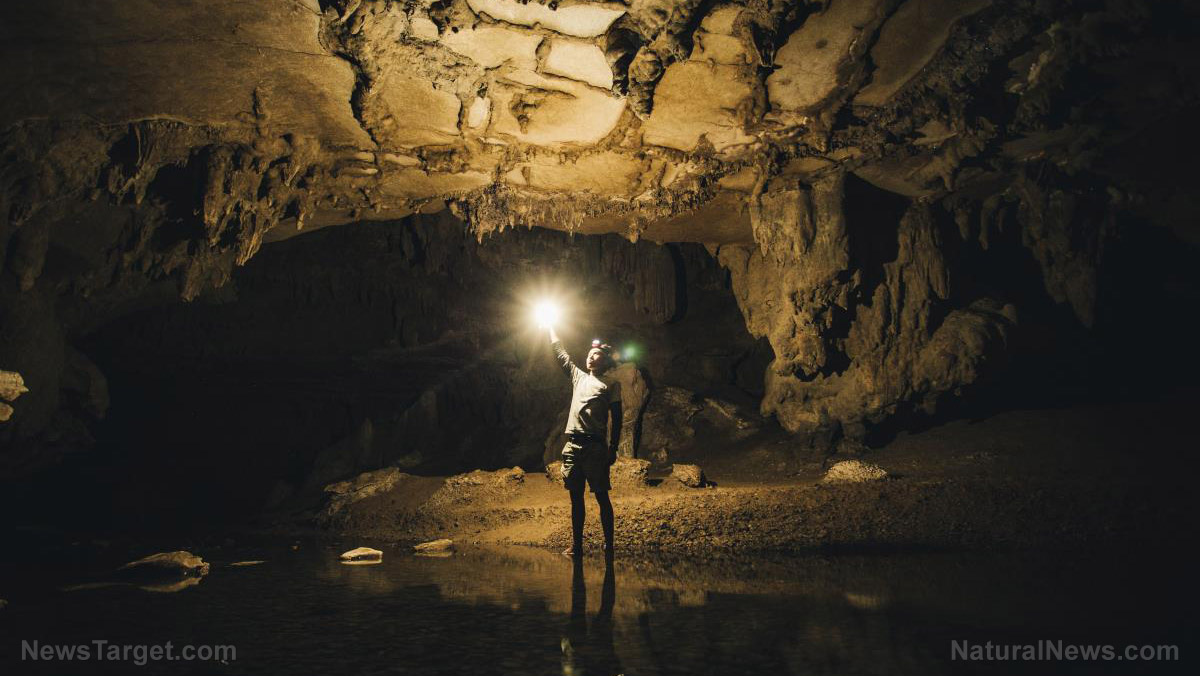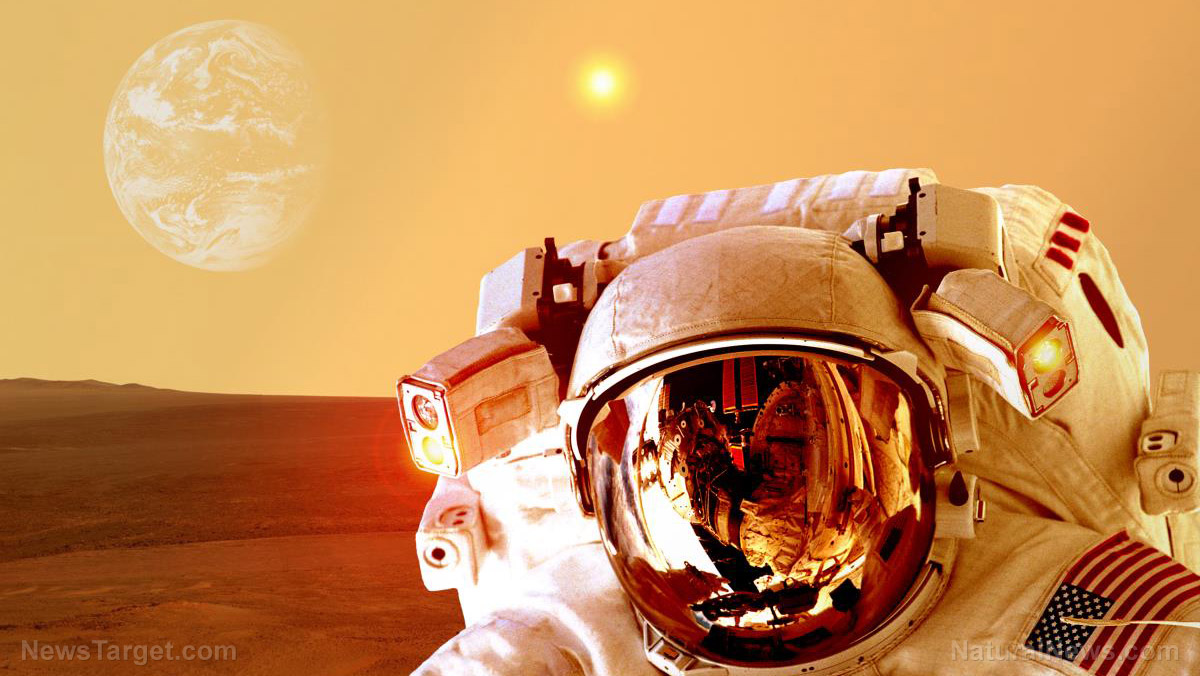Researchers detect ripples in space and time from a “Pac-Man” black hole that swallowed a neutron star 900 million years ago
12/17/2020 / By Virgilio Marin

Spacetimes ripples that recently passed through Earth may have been caused by a black hole swallowing a neutron star 900 million years ago, according to Australian researchers. Studies are still underway to confirm the merger. But initial findings suggest that a black hole going “Pac-Man” on a neutron star likely caused the gravitational waves detected on Aug. 14 last year.
“About 900 million years ago, this black hole ate a very dense star, known as a neutron star, like Pac-Man, possibly snuffing out the star instantly,” said co-lead investigator Susan Scott of the Australian National University. Scott and her team used the Laser Interferometer Gravitational-Wave Observatory in the U.S. and the Virgo interferometer in Italy to spot the gravitational waves.
Neutron star possibly a black hole
Neutron stars and black holes are both superdense remains of dead stars. The difference is that a black hole’s gravitational pull is thousands of times greater than that of a neutron star. If the two objects collide, a neutron star will be sucked into the black hole.
However, a merger or star system involving a black hole and a neutron star has never been observed before. Twenty of the 22 confirmed detections of gravitational waves involve black hole mergers, while the remaining two were believed to involve neutron star mergers. The latest event, which is officially logged as S190814bv, might become the very first merger of its kind.
But a year after the detection, the researchers still haven’t decided whether one of the objects was indeed a neutron star or just a very light black hole. In a study published in June this year, Scott and her colleagues found that the merger involved an object 2.6 more massive than the sun and another object of 23 solar masses. While it’s clear that the latter is a black hole, the smaller object lies in a desert category.
“Scientists have never detected a black hole smaller than five solar masses or a neutron star larger than about 2.5 times the mass of our Sun,” Scott explained.
Though last year’s estimates indicated a 99 percent probability that the mystery object was a neutron star, it’s still too early to confirm this, Making matters worse is the lack of any visual observations, as the researchers failed to spot any light signals from the event. (Related: Supermassive black hole at the center of our galaxy emits mysterious burst of radiation, growing brighter.)
There were several reasons for this. For one, the event occurred 800 million light-years away, which was six times farther than the merger observed in 2017. Picking up light signals from across this distance would be challenging given the limited reach of existing space telescopes. Moreover, if the collision involved two black holes, then it likely wouldn’t have emitted any light. If the object was in fact a neutron star, its more massive partner likely swallowed it whole, so the event would likewise not give off any light.
“I think of Pac-Man eating a little dot,” said co-author Vicky Kalogera of Northwestern University. “When the masses are highly asymmetric, the smaller neutron star can be eaten in one bite.”
Nonetheless, Scott noted that if the mystery object turns out to be an abnormally light black hole, it will still be “a truly awesome consolation prize” as it will become the lightest known black hole in the universe. For now, the researchers will have to wait for similar events to answer whether the object was a neutron star or a black hole.
Sources include:
Submit a correction >>
Tagged Under:
black holes, breakthrough, cool science, cosmic, discoveries, Gravitational Waves, neutron star, neutron stars, research, ripples in spacetime, Space
This article may contain statements that reflect the opinion of the author
RECENT NEWS & ARTICLES
COPYRIGHT © 2017 SPACE TOURISM NEWS


